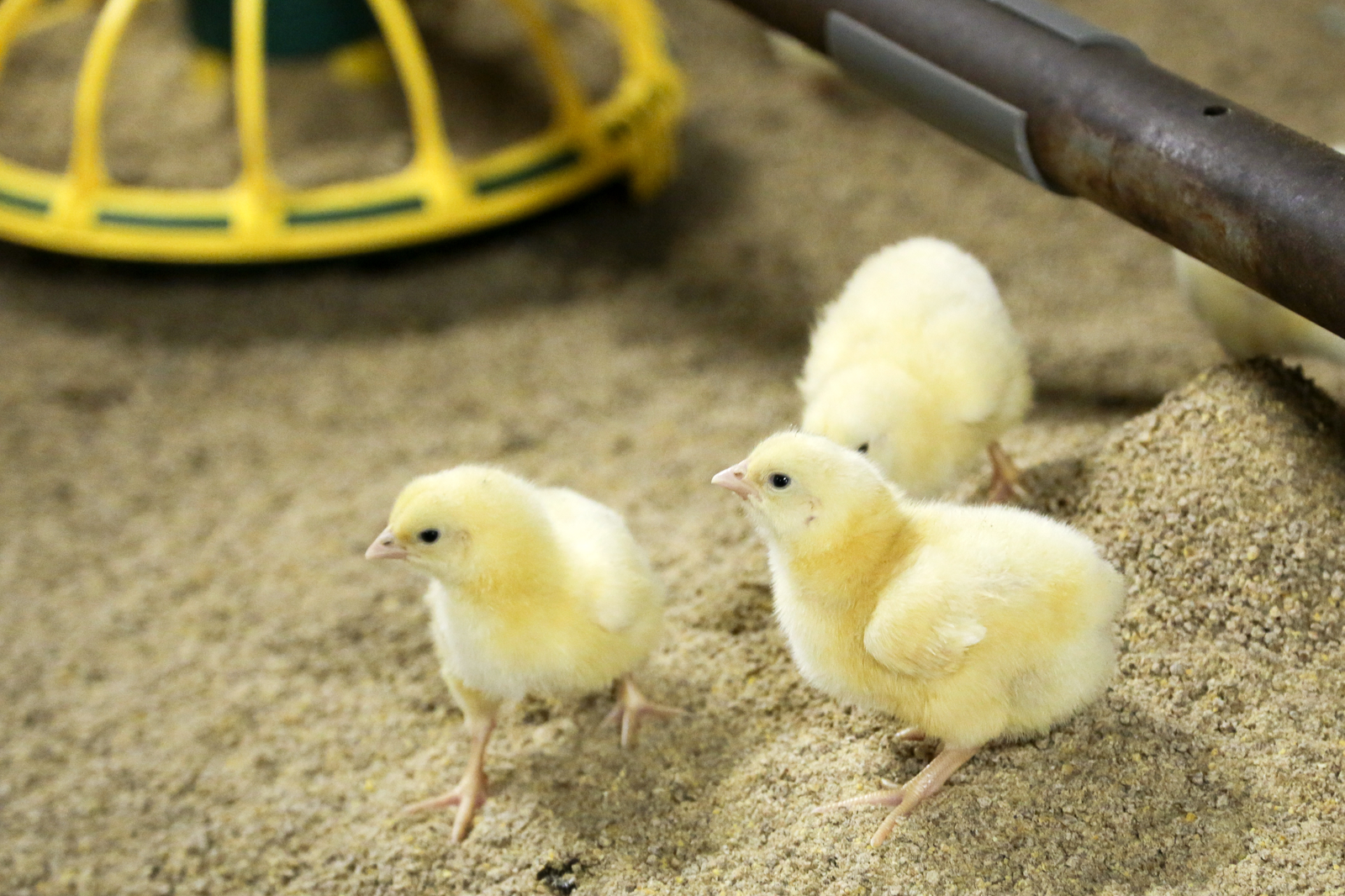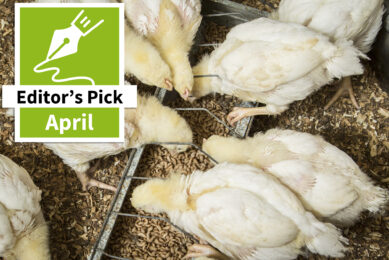Zinc’s role for poultry skin and immunity

Skin is the largest organ of the body and the first layer of defence in any animal’s immune system. Poultry are a unique challenge. Though somewhat protected by feathers, a bird’s skin is very thin and loose, which makes it vulnerable and easy to damage. Trace minerals can help in protecting the birds.
Christoph Mülling, Ph.D., D.V.M., professor of veterinary anatomy, University of Leipzig, Germany, says a bird’s feathers provide some protection to the skin. After that, the skin’s defence depends on its layered structure and differentiated cells. The outer protective layer of the skin is made of numerous living and dead (cornified) cells of variable thickness. These cells are organised on top of the dermis and can be differentiated as basal cells, spiny cells and the horn (cornified) cells.
Birds are thin-skinned
In poultry, the horn layer, or stratum corneum, has a barrier function with a “straw and mortar” organisation, notes Dr. Mülling. The horn layer in poultry is far less stable and protective than the skin of mammalians, which have a more “brick and mortar” structured horn layer. Nevertheless, it usually meets the primary function of being a barrier to water loss and invasion from undesired microorganisms. The quality of the skin barrier function depends on the lipid synthesis in the protective layer. A lack of enzymes, vitamins or minerals will affect the synthesis and therefore the strength of the skin. Since a bird’s skin is very thin, a network of blood vessels can be found at the border between the subcutis and dermis, and within the dermis. Thus, even a small injury will create an open access to the blood stream and a freeway for infection.
The role of trace minerals
Trials initiated by Dr. Alba Fireman, Regional Research and Nutritional Services (RNS) regional manager – South America, Zinpro Corporation, confirmed Dr. Mülling’s statement that micronutrients play a role in developing a strong and healthy skin in birds. Dr. Fireman’s research focused on the functional properties of trace minerals like zinc, manganese, copper and selenium. Each of these minerals plays an important role in developing the skin and maintaining its integrity
Also read: Zinc promotes feather recovery of birds
Reducing pododermatitis
Research findings show that there is much to gain when feeding the right dose of bioavailable trace minerals. These studies show that feeding zinc* improved birds’ skin integrity and also improved immune resistance. Similar improvements in skin puncture strength were obtained through adding zinc and manganese** to the feed. Zinc also proved to be effective in reducing the incidence and severity of pododermatitis in broilers. These trials prove that providing sufficient levels of easy-to-absorb trace minerals play an important role in developing a strong and healthy skin to support immune function
* Availa®Zn, ** Availa®Z/M
Join 26,000+ subscribers
Subscribe to our newsletter to stay updated about all the need-to-know content in the feed sector, three times a week. Beheer
Beheer










 WP Admin
WP Admin  Bewerk bericht
Bewerk bericht